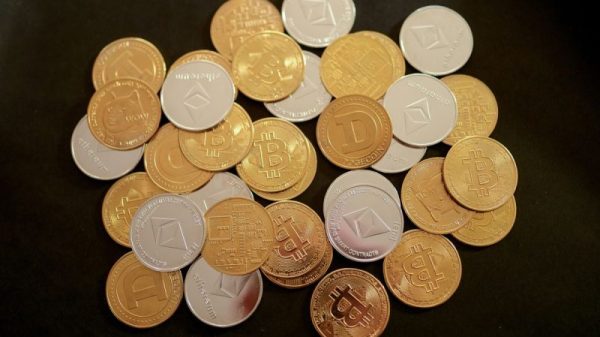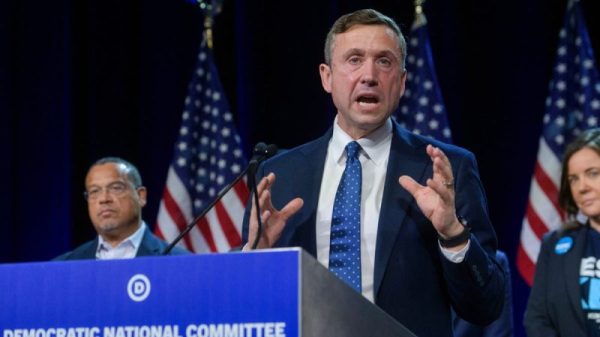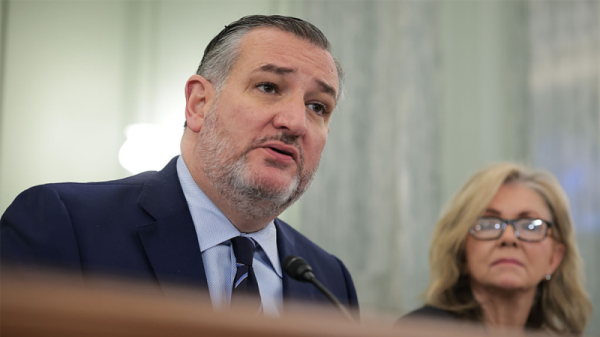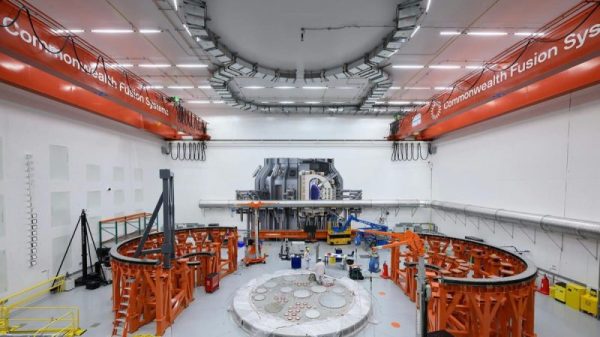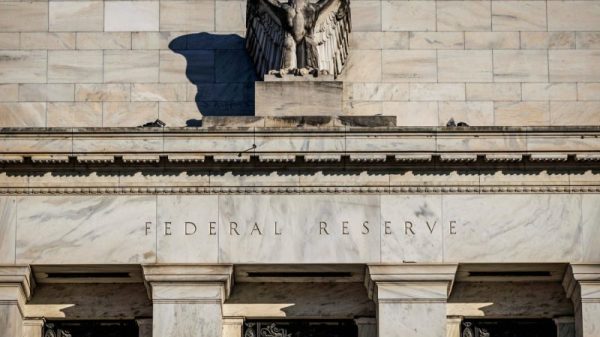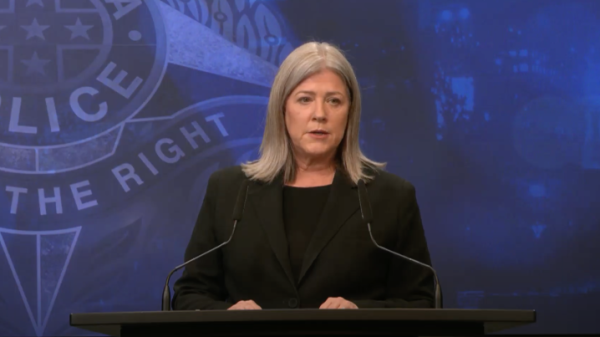Pay no attention to the balance sheet behind the curtain.
In the wake of the recent FOMC meeting, few people are talking about the Fed’s balance sheet. While the FOMC took no action on their interest-rate target, they enacted a significant change to their quantitative tightening policy. This change tells us that the Fed is quite happy with the new normal of providing massive liquidity to markets with very little accountability.
Fed officials began its quantitative tightening in August 2022 to help bring inflation down, allowing maturing securities to “roll-off” the balance sheet rather than be reinvested. They capped the monthly roll-off of agency debt and mortgage-backed securities (MBS) at $35 billion and the monthly roll-off of Treasury securities at $60 billion. This meant the balance sheet could decline by up to $95 billion per month.
Over the past twenty months, the Fed’s balance sheet has declined about $1.5 trillion (to $7.4 trillion). It’s a reasonable start, but even at that rate the Fed’s balance sheet would not return to pre-pandemic levels until sometime in early 2027 — assuming leadership didn’t engage in any emergency lending or liquidity facilities in the interim.
But now that they have reduced how many Treasury securities can roll-off each month by $35 billion, we have no reason to believe that they intend to return to a pre-pandemic “normal” balance sheet. At this rate, the balance sheet will barely fall below $6 trillion by the end of next year. And of course, the pre-pandemic balance sheet of $4.5 trillion was more than four-and-a-half times bigger than its balance sheet had ever been pre-2008.
Even if one were sympathetic to the Fed nearly doubling its balance sheet in response to the recent pandemic, there’s no avoiding the double-speak of calling a quantitative tightening program balance sheet “normalization.”
About forty years ago, Robert Higgs pointed out that government spending expands dramatically during crises and does not return to its previous level after the crisis has abated. This “ratchet effect” is one of the most pervasive phenomena in politics.
Although the Fed was not entirely immune from the ratchet effect, the growth of its balance sheet was fairly constrained for most of its history. The Fed targeted interest rates by buying or selling bonds through open market operations. It could not simply buy as many bonds as it wanted because that would drive interest rates to zero. But that changed after the 2008 Global Financial Crisis (GFC).
Fed chairman Ben Bernanke opened Pandora’s Box.
After 2008, the Fed no longer engaged in open market operations to maintain an interest-rate target. Now it uses a corridor or floor system, raising the fed funds rate by raising the rate it paid banks on their reserves. This then expanded to include interest paid on repo agreements with non-bank financial institutions.
The FOMC now had an entirely free hand to purchase as many securities as they wanted for any reason they wanted. And purchase they did, sometimes for almost no reason at all.
Perhaps one could excuse the Fed for creating large liquidity facilities and emergency lending during the 2008 GFC. But can we excuse the Fed for increasing its balance sheet when there was no crisis? The Fed’s balance sheet grew from $870 billion in August 2007 to $2.3 trillion in 2010, during worst financial crisis and recession since the Great Depression. The ratchet effect would suggest that, with the crisis receding, the balance sheet would shrink some, but not all the way back to its previous level.
Instead, it kept growing! The Bernanke Fed added another two trillion dollars to its balance sheet between 2010 and 2014 after two more rounds of quantitative easing. Why? Because unemployment remained higher, and economic growth slower, than Bernanke wanted. And inflation was near zero so….why not?
The recklessness is clear in hindsight. The federal debt has increased over $20 trillion dollars since 2010, whichs would never have been possible were Fed’s balance sheet less than a trillion dollars. Furthermore, the explosion of its balance sheet has normalized discretionary emergency liquidity facilities. Most people barely batted an eye at the $400 billion created to manage the fallout from Silicon Valley Bank’s failure.
Between 2014 and 2019 the Fed’s balance sheet declined slightly, but even before the pandemic it had rebounded to $4.3 trillion. Then in two years (from March 2020 to April 2022) it more than doubled to a stunning $8.9 trillion.
Given that it took almost two years to get back down to $7.4 trillion, and the recent meeting chose to slow the run-off pace by effectively about fifty percent, no balance sheet normalization is realistic to expect. Barring some unexpected new pressure, the Fed’s balance sheet is unlikely to drop below $6 trillion, let alone get back to $4.5 trillion or even lower. The ratchet effect has locked us in a world with a massive Fed balance sheet — and the insidious problems of runaway deficit spending and easy bailout monetary expansion that come with it.

